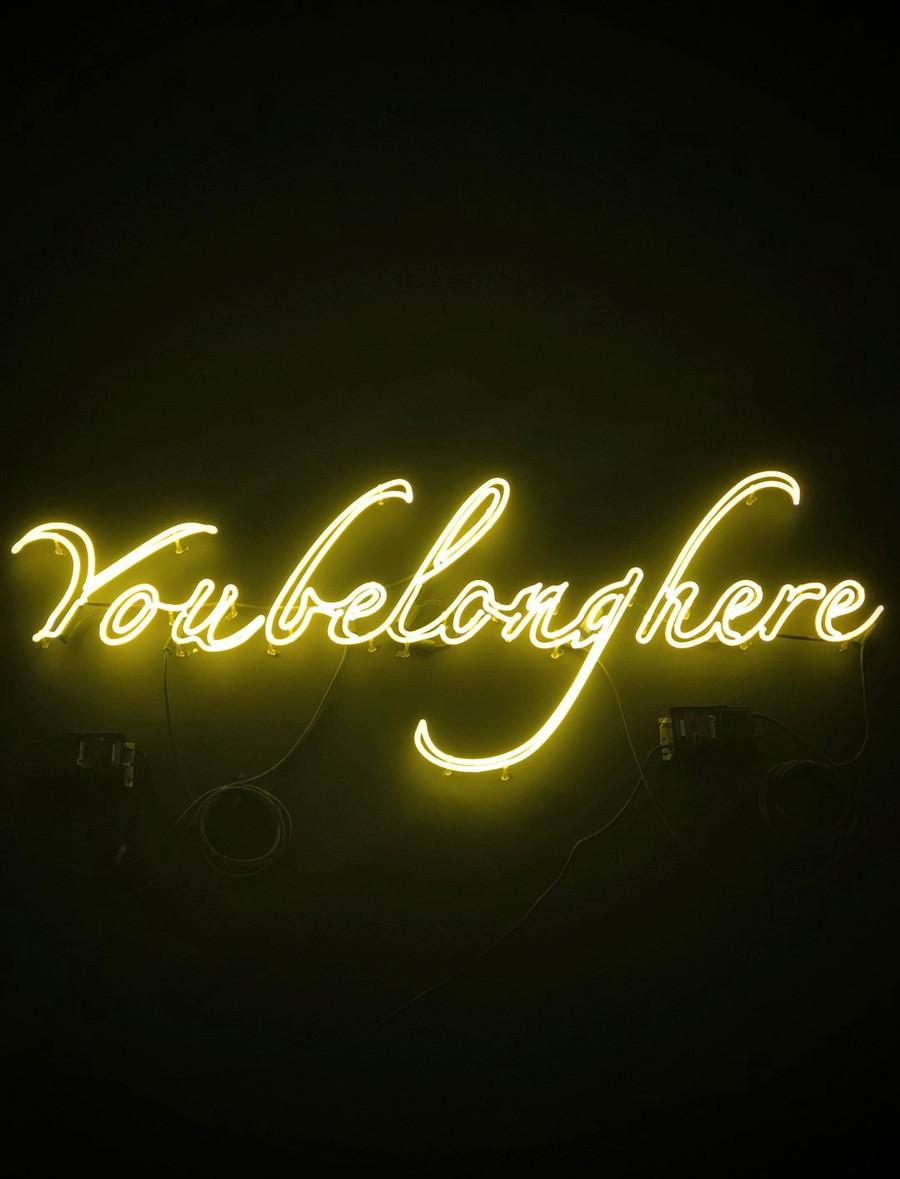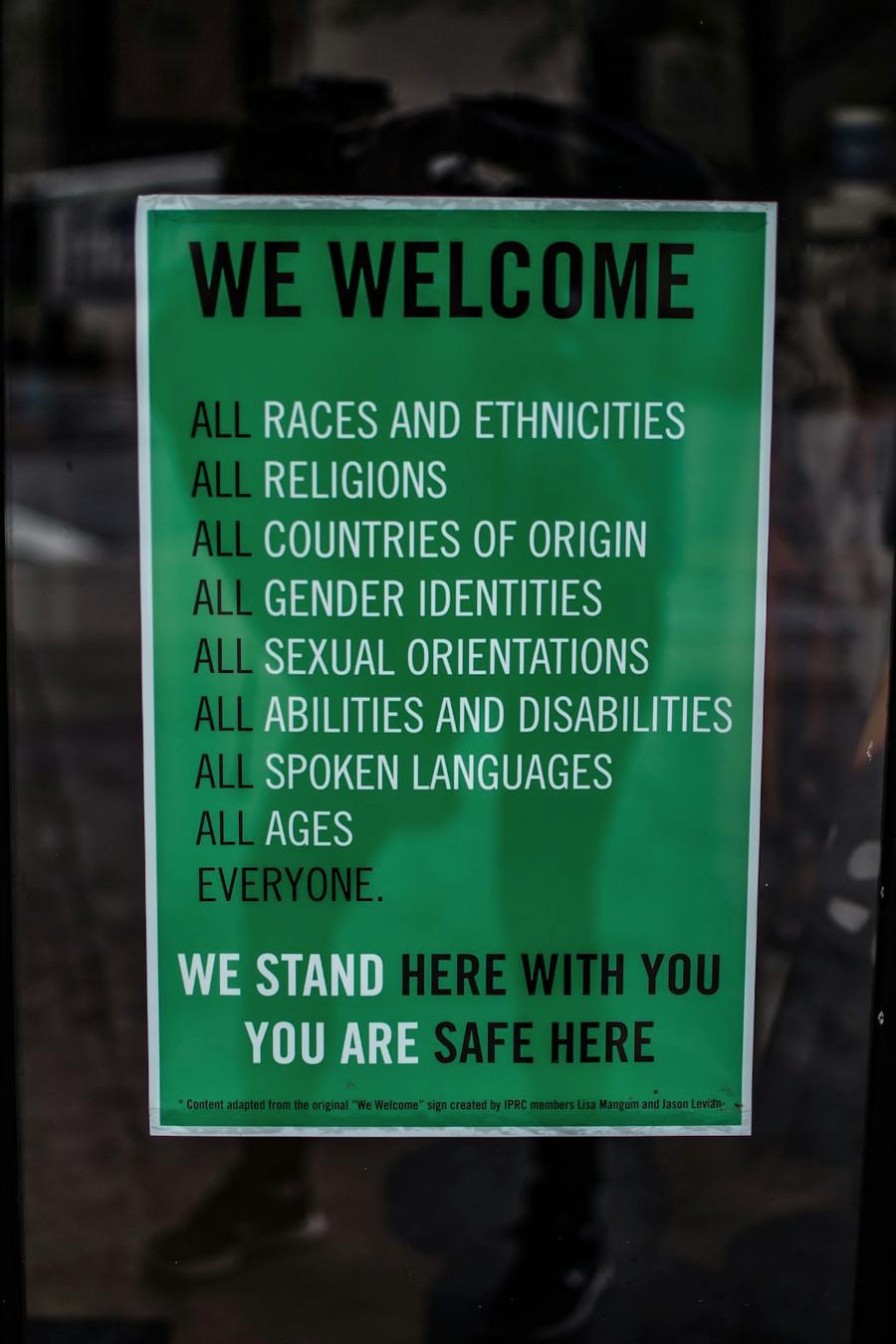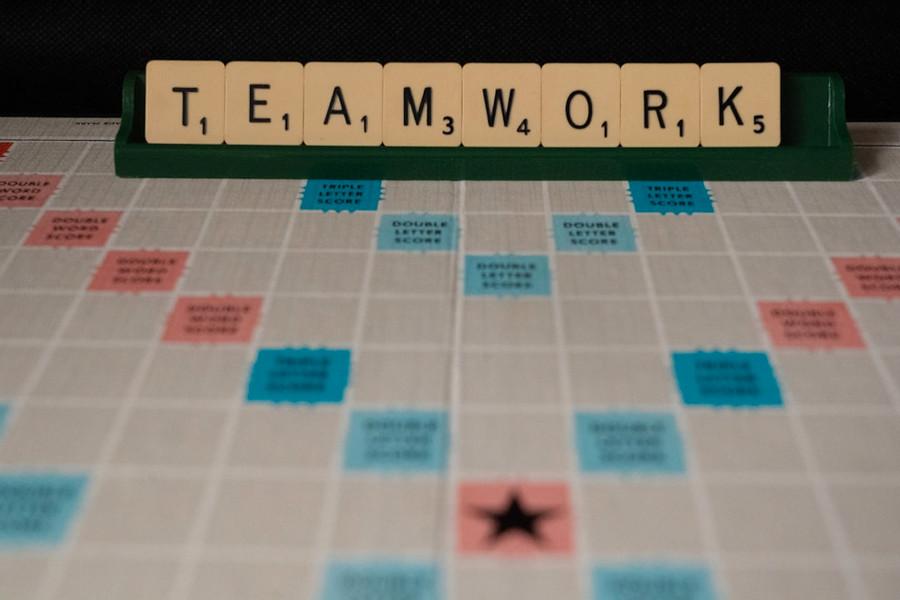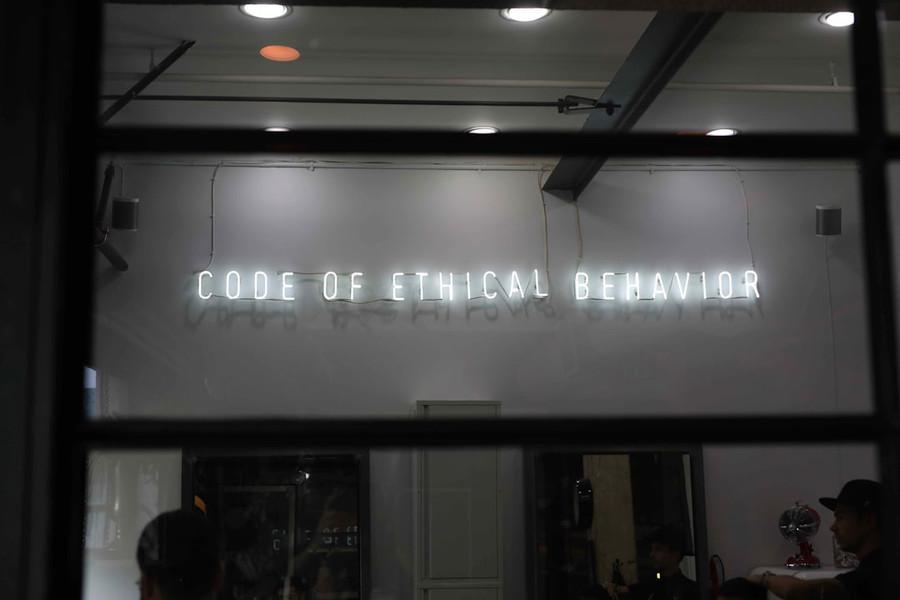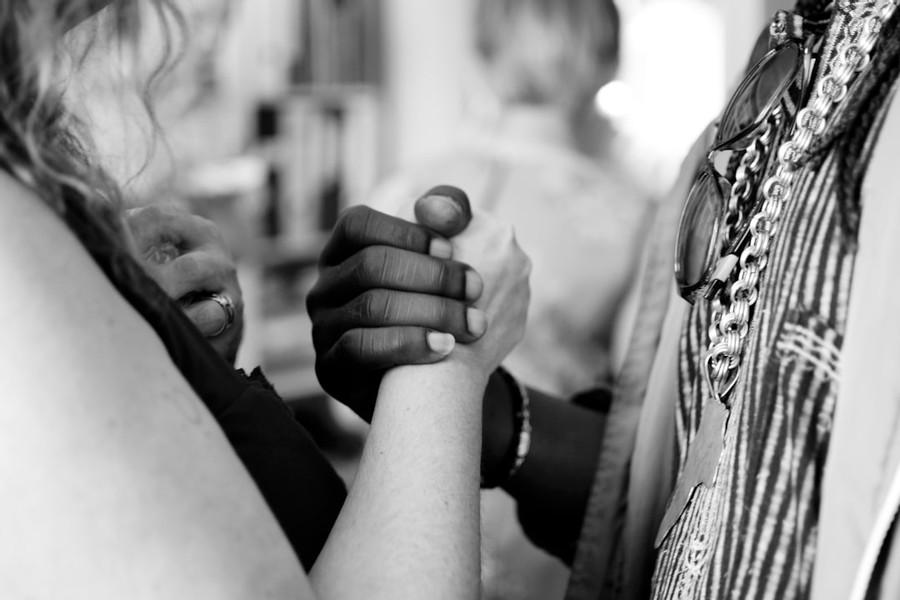Why you need diversity and inclusion to create 'belonging' - TLNT
Curated from: tlnt.com
Ideas, facts & insights covering these topics:
11 ideas
·501 reads
2
Explore the World's Best Ideas
Join today and uncover 100+ curated journeys from 50+ topics. Unlock access to our mobile app with extensive features.
Belonging. It’s the archetypal experience we all seek. When it’s not there, we know that it’s missing, and when we feel it, we really feel it.
But what actually is belonging? And how does it relate to HR buzzwords that have all had a massive uptick in recent years: diversity and inclusion?
Belonging is an experience that can only happen however, if organisations have both diversity and inclusion. If there’s diversity in the workplace and there are inclusive behaviors, then it’s likely you’ll feel belonging in that workplace
8
103 reads
Four Key Approaches to Establishing Diversity and Inclusion
If you really want to create belonging, consider these four key approaches to establishing diversity and inclusion in your workplace:
- Work to build a Diverse Team
- Help to Ensure Team Cohesion
- Dismantle Structures that Distribute Power
- Model Up-stander, Ally and Accomplice Behaviors
10
84 reads
1) Work to build a diverse team
As a leader, your unconscious biases may cause you to build a team in your own likeness.
Resist the temptation to surround yourself with others who have similar skills, backgrounds and experiences to your own.
Focus on “culture add” rather than “culture fit” when hiring. Difference is strength, and an acceptance of difference opens up avenues towards belonging and inclusion.
9
46 reads
2) Help to ensure team cohesion
The connectedness felt amongst team members and the psychological safety that comes from that connectedness supports a sense of belonging. Team cohesion comes from having goal clarity, role clarity and decision-making clarity.
10
50 reads
This involves establishing at the outset, why the team exists, what defines its measures of success and how it intends to work together to pursue those measures (goal clarity).
It acknowledges the personal attributes each person brings to the team and what each person needs from others on the team in pursuit of their role (role clarity).
And it ascertains what decisions a team member can make independently versus in collaboration (decision-making clarity). Establishing these parameters allows everyone to know their place and everyone else’s place, and allows everyone to feel included.
10
29 reads
3) Dismantle structures that distribute power
At a minimum, inclusive practices should involve training in understanding and exploring unconscious bias. But it needs to go further. As an HR leader, invite your employees (not just management level), into learning spaces that facilitate dialogue and education about the experience of minority and oppressed communities inside and outside of the workplace. Behavior matters. Workplace micro-aggressions are a fact in most organizations.
9
31 reads
4) Model up-stander, ally and accomplice behaviors
Organizational leaders need to learn how to help team members go from being bystanders to up-standers, and create allies and accomplices A bystander is a well-intended onlooker who hears or witnesses micro-aggressions but doesn’t do anything about it, such as listening to a co-worker’s joke about gay people in front of a gay team member. They don’t join in, but they also don’t challenge it. An up-stander, on the other hand, calls people out on their micro-aggressions.
9
24 reads
An ally actively works at inviting other people into the conversation. A straight ally, for example, would invite a queer person into a forum where decisions are made. An accomplice is a person from a non-marginalized group who uses their unearned privilege to dismantle the structures and systems that oppress individuals or groups. Model these behaviors to demonstrate what you expect from others.
9
23 reads
While you must have diversity to have inclusion, you must have inclusion to have belonging. When you facilitate diversity in hiring practices and instill inclusive policies, procedures and behaviors, your organization has its best chance of creating a culture that supports a sense of belonging for everyone.
9
30 reads
IDEAS CURATED BY
The Purpose Driven Gen Z Advocate & Digital Catalyst who helps Businesses and People Skyrocket in Life by Transcending the Conventional.
CURATOR'S NOTE
Taking these in more detail, diversity is the fact that when one looks around one can note whether you’re among people who are, and are not like you. Inclusion, meanwhile, is a set of behaviors, frameworks or approaches whereby you’re able to leverage a diverse workforce by ensuring that the diversity is being utilized, invited and welcomed. It ensures that people with historically disempowered identities have an equitable seat at the table.
“
Rejoice Danielle Godoy's ideas are part of this journey:
Learn more about corporateculture with this collection
How to establish a positive team culture
How to collaborate effectively
How to build trust with a new team
Related collections
Similar ideas
4 ideas
6 ideas
Read & Learn
20x Faster
without
deepstash
with
deepstash
with
deepstash
Personalized microlearning
—
100+ Learning Journeys
—
Access to 200,000+ ideas
—
Access to the mobile app
—
Unlimited idea saving
—
—
Unlimited history
—
—
Unlimited listening to ideas
—
—
Downloading & offline access
—
—
Supercharge your mind with one idea per day
Enter your email and spend 1 minute every day to learn something new.
I agree to receive email updates

